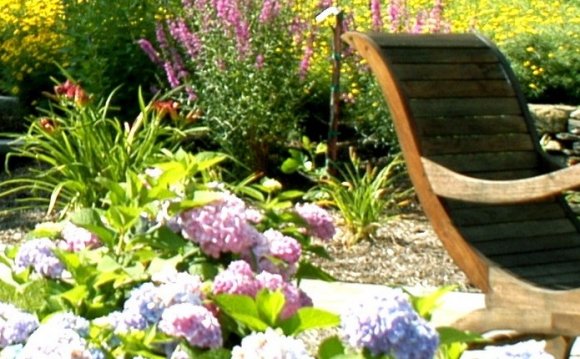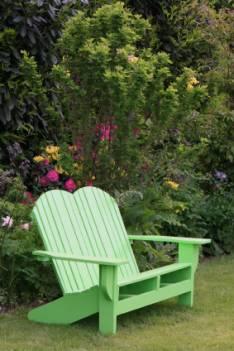
 The landscape designer job description encompasses someone who enjoys and understands the merging of art and science into a display of beauty that melds the buildings and technology with nature. Sometimes you will see jobs referred to as "garden design" positions. They are virtually identical to landscape designer jobs. Similarly, you will often see landscape designer and landscape architect titles used interchangeably, but there are a few differences. Overall, however, all three jobs are very similar and the title sometimes comes down to the licensure laws of a state.
The landscape designer job description encompasses someone who enjoys and understands the merging of art and science into a display of beauty that melds the buildings and technology with nature. Sometimes you will see jobs referred to as "garden design" positions. They are virtually identical to landscape designer jobs. Similarly, you will often see landscape designer and landscape architect titles used interchangeably, but there are a few differences. Overall, however, all three jobs are very similar and the title sometimes comes down to the licensure laws of a state.
Though landscape designer jobs and landscape architect jobs are often tossed around as meaning the same thing, there are a few differences. The landscape designer job description includes:
- Using creativity and the beauty of nature to create a harmonious, aesthetically pleasing and functional area. Areas may include personal lawns, parks, highways, walkways, and more.
- Planning the finished product, tying in new features with current ones, by sketching it to scale. These drawings will be very detailed, down to the window and door placement on the buildings.
- Performing site analyses that include the assessment of current plants, soil conditions, lighting, the view, and architecture style of the house.
- The ability to communicate well both with clients and other types of workers (contractors, supervisors, etc) on the landscaping team.
- Researching topics such as plants and their ability to survive in an area, guidelines and codes.
- Make public presentations when necessary to discuss the project, complete with charts, sketches, and so forth.
- Reviewing plans, proposed changes, and any other necessary documents.
- Oversees progression of the project to ensure that it is going as planned.
- Keeping records, including everything from correspondence to reports.
You will need not only a creative mind and a green thumb, but also a knack for keeping records and communicating well with others. Please keep in mind that the tasks you will be responsible for as a landscape designer will depend upon your level of expertise and position in a firm. A landscape designer, though responsible for many of the same aspects of a project that a landscape architect is, will usually work on smaller projects.















